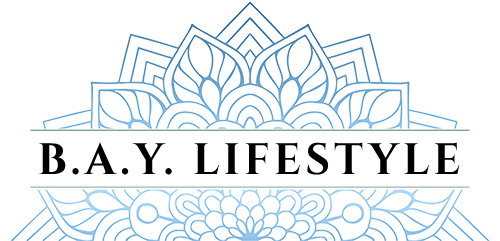Article written for Latin Business Today
Despite how it appears, yoga doesn’t just happen “on the mat”. In fact, yoga manifests in every step, thought and action of life that is experienced by those who practice it. Yoga is the perfect balance of mind, body and spirit; offering practitioners a chance to “level up” to a higher state of being. A
The way we can do this is to learn about Ashtanga Yoga, or the eight-limbed path of yoga. The 5000-year-old subtle art and science of yoga, asks us to know and understand who we are, so we can discover our true Self and transcend ourselves. I know. Wow! So deep… but stick with me!
The Yoga Sutras of Patanjali – The 8 Limbs of Yoga Explained
I’ll walk us through the basic concepts behind each of the limbs.
- Yama (Restraints) …
- Niyama (Observances) …
- Asana (Posture) …
- Pranayama (Breath Control) …
- Pratyahara (Withdrawal of the Senses) …
- Dharana (Concentration) …
- Dhyana (Meditation) …
- Samadhi (Pure Contemplation)
The 8 limbed path begins with the first 2 limbs, the Yamas and the Niyamas. These are like guidelines that Yoga establishes, describing how we should treat ourselves, and how we should treat others.
As I became more aware of how I was reacting, behaving, and thinking, I started to put more emphasis on my actions and the reasoning and justifications behind my actions — looking at not just what I did but why I was doing it.
Think of the Yamas and Niyamas as the moral codes of Yoga. They are the foundation of the practice and give us tools for a mindful journey towards awareness of Self, as they guide us on how to interact with the world around us and how we treat and see ourselves.
The Yamas are how we interact with the world.
Ahimsa or non-violence to self or others in thought, word, and deed,
Satya, or honesty,
Asteya, or non-stealing,
Brahmacharya, or proper use of energy
Aparigraha, or not hoarding.
The Niyamas are daily habits for healthy living in mind, body, and spirit – practices that concern how we behave with ourselves.
Saucha, or cleanliness
Santosha, or contentment/zest for life
Tapas, or the discipline and burning enthusiasm
Svadhyaya, or study of self and texts
Isvara Pranidhana, or surrender to something higher than ourselves.
To really benefit my yoga practice, I really had to expand beyond the confines of my mat and into the way which I approached life. When this happened, it wasn’t about my body anymore, it was about stretching beyond the limits of my mind, judgments, and heart. The more I lived from a space of being open and compassionate, the closer I felt to feeling joyful wholesome connected unity, and started to not just practice asana yoga, but to live and breathe Yoga in every moment of my life.
The 3rd and 4th limbs are how we treat our body or the physical practices of Asana(postures) and Pranayama (breath control). These are the physical movements and breathing techniques used to build strength, flexibility, health, and resilience in our physical bodies. When the western world thinks of Yoga this is most often what comes to mind.
However, the deeper benefits start when we understand that the poses and the breathing are teaching us how to master the 5th limb or Pratyahara which is withdrawal of the senses. Pratyahara is our ability to build focus and intention from the external world into the internal experience, eventually bringing the understanding that everything in life is really and experience happening within us, not outside of ourselves.
The last three limbs of Yoga are meant to bring you into a state of deep focus. Dharana, so that you can get into a state of meditation, Dhyana through which you can become so tuned in that you develop the ability to control your thought patterns and the focus of your thoughts. Finally, a deep state of meditation leads to the 8th limb, or Samadhi — the feeling of oneness that yoga aims to foster within the practitioner.
It’s hard to explain the state of Samadhi. It’s like realizing that your ego only serves its purpose when it is used to protect you. It’s like understanding that ego does not serve you when it makes you feel like a victim, when you judge yourself or others as superior or inferior to, or when you feel like you are not where you should be in life. Samadhi allows us a clear understanding that we are all a part of the whole; here to elevate ourselves and in turn elevate others to our highest level of existence based on unconditional love.
As I began to incorporate yoga at a deeper level into my life I noticed my eating habits changing, my social habits changing, my desires shifting and my tendencies being questioned… I started experiencing improved sleep patterns and a shift in my energy levels, moods and perceptions. I began to shift my vacation destinations and found myself wanting to go on Yoga retreats and places where I could have more silence and maybe even go deeper into meditation. As my thoughts became clearer, my mind began to sharpen and my entire existence began to feel calmer, as my body became stronger and my mind and body became more flexible I started to discover a deeper meaning of life.

